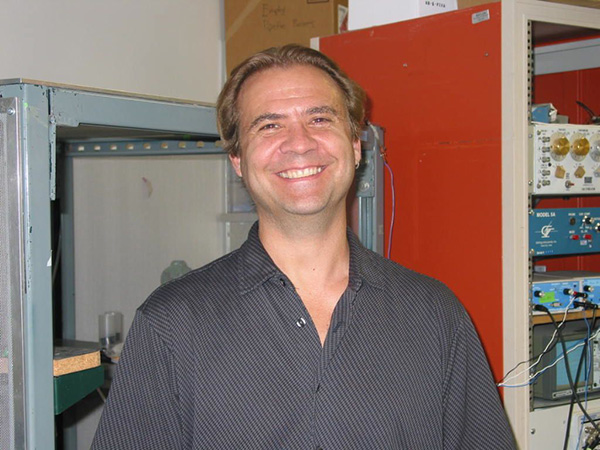
Neurological development disorders are an enigma that have eluded scientists for decades. For NYU Center for Neural Science professor Eric Klann and his team of researchers, the results from a recent study that tracked the effect of protein level alteration in laboratory mice could prove to be the latest piece in the puzzle.
The study, conducted at NYU’s Klann Labora- tory, provides insight into the manifestation of impairments comparable to those caused by Angelman syndrome — a neurological disease that results from the mutation or deletion of a gene copy located on chromosome 15 known as the ubiquitin-protein ligase E3A gene. It is char- acterized by motor disabilities, slow intellectual development and, occasionally, seizures.
“Angelman syndrome is intriguing on a couple of levels. First, the gene that is affected in Angelman syndrome is maternally imprinted, which means that it [is] inherited only if the mother has the mutation,” Klann said. “Second, its manifestation is interesting because children with the syndrome seem to develop normally until around two years of age, and then they begin to digress.”
During the study, genetically engineered mice that lacked a certain protein were used as models exhibiting AS. Examining the electrical properties of the brain cells, researchers in Klann’s lab determined that the mutated mice all had axons — the part of a neuron that sends information to the next neuron — with abnormally long initial segments.
The team discovered through these tests that several proteins in the initial segments of an axon are more abundant in AS mice than in regular mice. The team focused on one in particular — an enzyme subunit called Na/K-ATPase.
“Our research was one of the first studies that showed that the axon initial segment is involved in neuropsychiatric disorders,” said Hanoch Kaphzan, an NYU postdoctoral fellow involved in the project. “It suggested that by altering this cellular region we might be able to treat disorders like Angelman syndrome.”
Furthermore, the isolation and research of this protein could be useful in curing other conditions such as autism.
The researchers also tested whether decreasing the abnormally high levels of Na/K-ATPase could correct the deficits exhibited in the AS mice.
“We decided to take a genetic approach by breeding the AS mice models with mice that were engineered to have half as much of the alpha subunit of the Na/K-ATPase,” Klann said.
Cognitive and memory test results showed that the AS mice models with this protein decrease responded better than the AS mice that still had high levels of the enzyme subunit.
The Klann lab’s study, published in August in the journal “Cell Reports,” received fund- ing from the Angelman Syndrome Foundation, who provided over $988,000 in grants to a half-dozen principal researchers.
“There is an increasing scarcity of funding for rare disorders,” said Eileen Braun, executive director of ASF. “So it is important that we all work collaboratively to further our understand- ing of rare disorders and work together to fund research that benefits as many as possible.”
Ultimately, Klann sees neuroscience research as a form of scientific introspection.
“Studying the brain to many of us is the frontier of biological science where we hope to understand how the brain develops and functions in ways that make each of us who we are as individuals.”
A version of this article appeared in the Aug. 25 print edition. Bhargavi Ganesh is a staff writer. Email her at [email protected].









































































































































